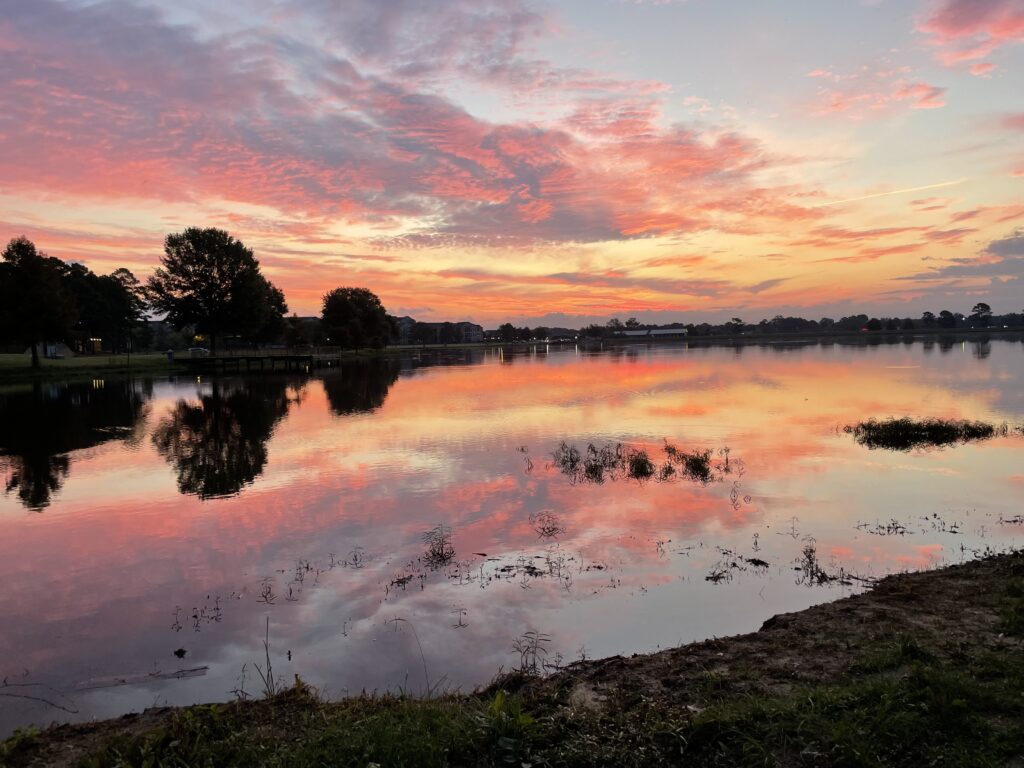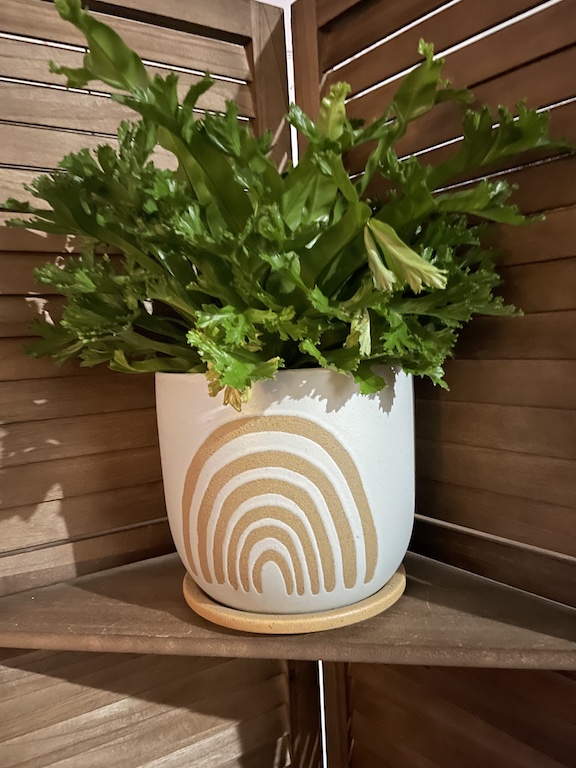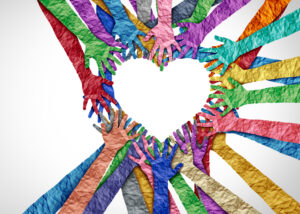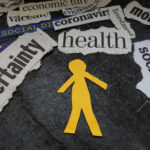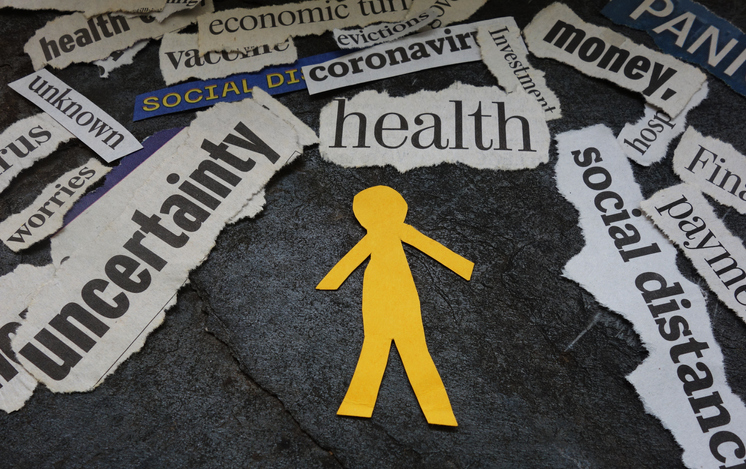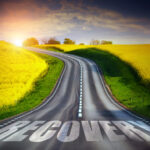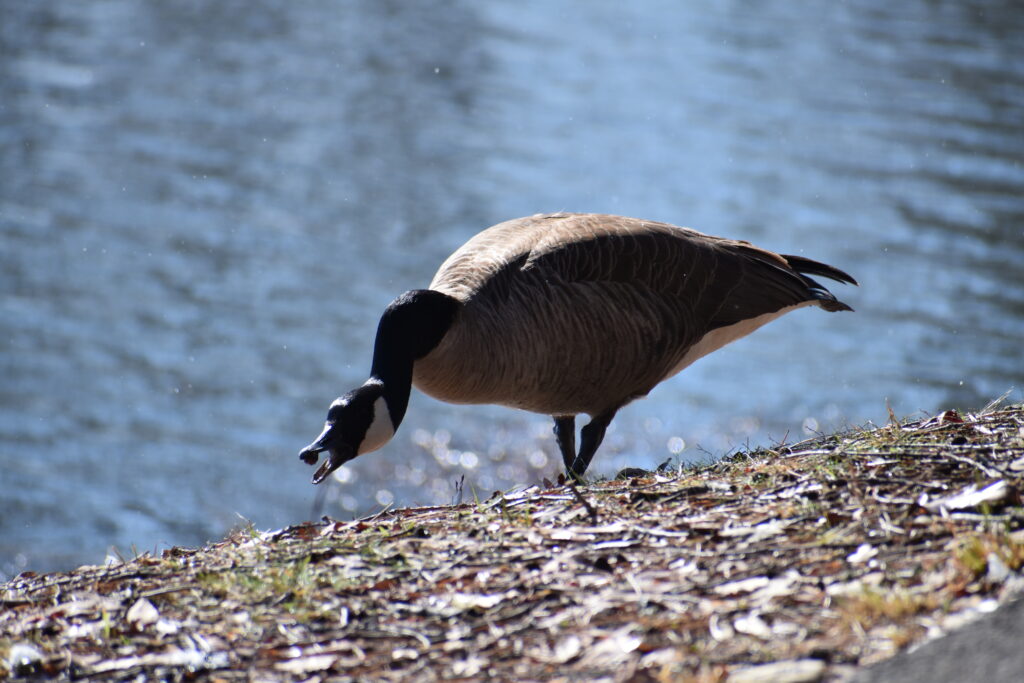
Ted Lasso. I love that show. I enjoy the sweetness of it…the truth it shares about the power of being vulnerable and kind. Without sharing specifics so as to avoid possibly spoiling an unseen episode for you, I just want to quote one of the characters. In response to something Ted is going through, Leslie Higgins suggests, “If anything, you should find out before you flip out.” Find out before you flip out! Such simple and good advice. And so difficult to do, right?
You likely know the experience. You get a text or an email or voicemail with just a bit of information about a situation and your mind takes you to the worst possible conclusions. It’s an experience I know well. Usually there are two things happening almost simultaneously. There’s this physiological response that happens almost instantaneously. It’s as if the fear shoots through my whole body. Then my mind kicks into high gear and starts filling in the information gaps with all kinds of stories about what has happened. For me, it usually involves me thinking I’ve done something or not done something and that someone is upset with me about it.
So “find out before you flip out” is about interrupting this wild ride of emotions. Here’s a little wonder though. That initial rush of energy that feels like electricity coursing through my body…hat little bit of flipping out that first happen…That seems to be a sort of reflexive.… Read the full post “Find Out Before You Flip Out”
